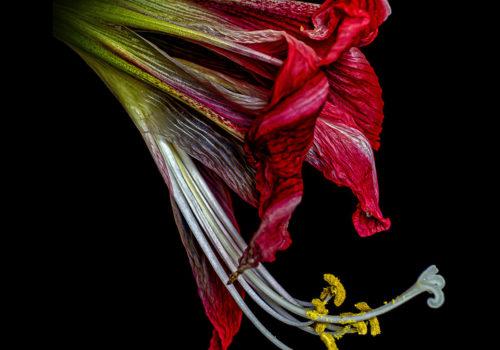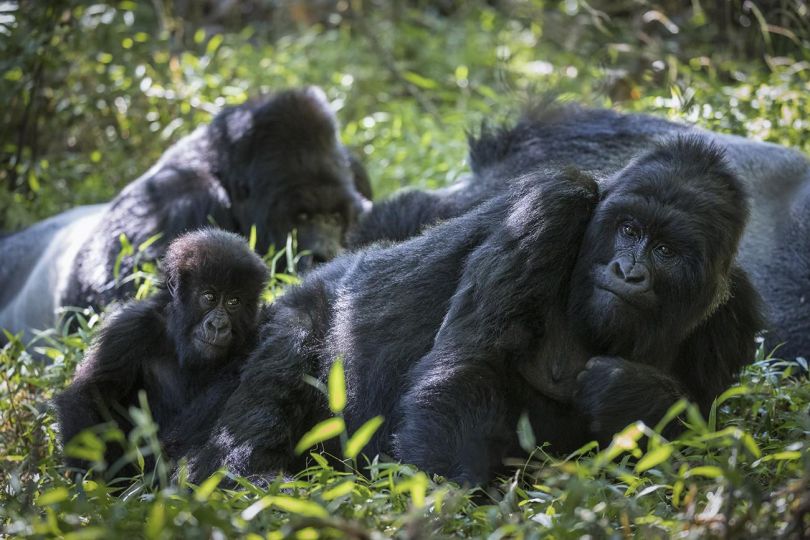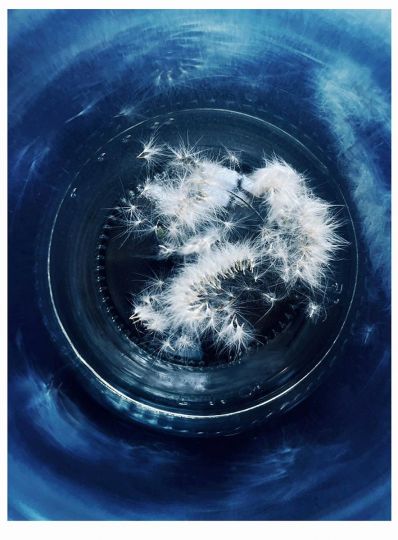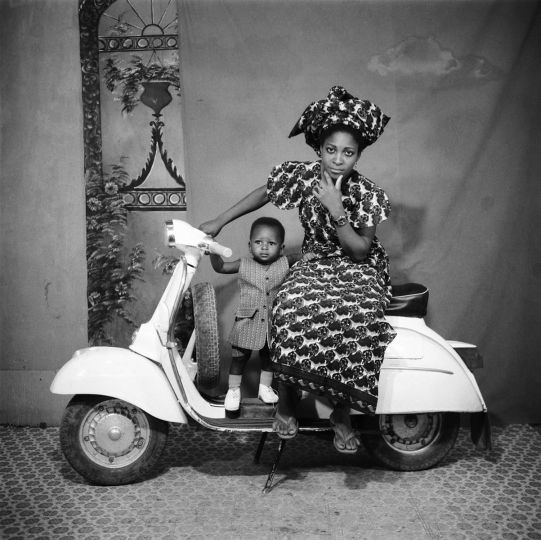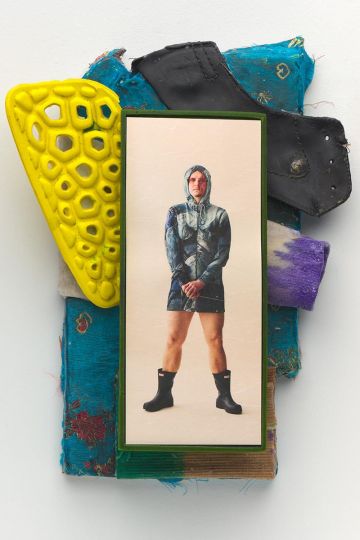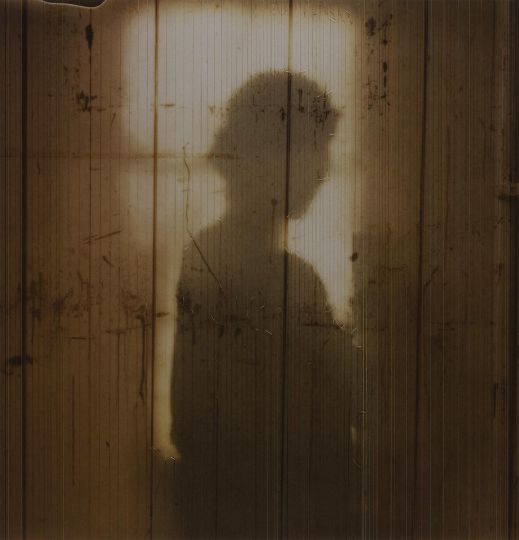Thierry Maindrault’s Monthly Chronicle
It is common knowledge that quality and quantity do not go well together. An increase in containers inexorably leads to a weakening of the contents. This Law of Nature, because it is a Law of Nature, also applies to all generative systems and procedures. The damage resulting from an exponential growth, which is often anarchic, ultimately proves to be catastrophic, when it is not fatal.
The photographic news of recent weeks lead me to a field of observations, findings, and reflections whose importance cannot escape us but above all makes us disinterested.
Everything that concerns our medium takes on such proportions that the real core of Photography with the real photographers reaches beyond vulnerability. Globalized gigantism has taken hold both upstream (hardware and supplies) and downstream (rights and artworks), without forgetting the entire economic chain involved in the procedures that link the first to the second. Worse, the magician the real one, the one who deserves the title of photographer is undoubtedly suffering more losses than profits.
Camera equipment is only distinguished by its brand badge stuck on the box and the amount of advertising budget invested to obtain a return in market shares. In fact, all brands combined, the components of the camera and/or its optics, the algorithms which will have to do the work for you, come from three or four multinationals. The latter are more concerned about the profitability of their investments than about the usefulness of the box. Maybe it is not so bad. Since almost unanimously, the owners of said equipment understand nothing about the functioning of this little jewel that they proudly display on their stomachs. Sometimes, they are a little disappointed of course that the beautiful tool does not yet match their sneakers. What applies to the camera extends, also, to all accessories (photographic stands, flashes, memories, etc.).
In the laboratory, it’s the same thing. Except, we have just lost around 80% of the fighters, who are completely incapable of transforming the click of their camera into an image worthy of the name. You will oppose that some of our great ancestors of photography from the intermediate period [1930-2000] entrusted laboratories, with high level printers, with the processing and printing of their images. That is true, except that most were able of doing this essential work by themselves, they mastered what they needed, and knew what they wanted to achieve (framing, density, contrast, etc.). We are no longer in this pattern. This situation has generated an abundance of pseudo-digital laboratories (for analogue, with or without silver salts, a minimum of knowledge is required, which is impossible for dummies). On the other hand, in general, one thing is consistent: these photographic laboratories, specialists in image processing, are as competent or incompetent as their clients.
The next step leads to the proliferation of photo galleries, which invade even villages lost in the mountains. Everyone wants to own a photographic gallery. Some towns already known for photography, in various capacities, have seen their butchers, their bakeries, their dry cleaners and other shoe repair shops being transformed into places showcasing photographic images. There are more places for admiring contemplation and photographic sales than real authors with images that create emotion and understanding. People have to earn a living in these difficult times; but, Have Merci, do we need this gallery owner who showed me an offset print as a “cibachrome*” print. Another, already with a good notoriety, was sincerely convinced that wet collodion and sepia toning were the same thing. I hope that a glance on the internet, after my visit, will have set the record straight.
As certain buildings boasted of having gas on all floors, photography can claim to have a bulimic propensity in all its stages. We arrive at the famous festivals and other fabulous exhibitions, even on the scale of a village of a few hundred inhabitants. Why not ? It’s not the village that is disturbing, it is the set-up and the objectives of the exhibition. It has now been more than a decade since these large and small events have been directly interested in photographic works ? Too many exhibitions which often show the same things, a media star with images seen and reviewed, the main thing is to create a buzz. Then, a host of images from ego-stricken creators, “family friends” or drinking buddies.
Lets leave aside, the best events. These are the major events where the names of the sponsors prevail, at the top of the posters and the banners at the entrance , over all other considerations This new phenomenon is becoming universal and deserves a complete chronicle in itself.
Ambitions of glut reached a peak this week with one of the largest international and summer festivals. The organizer encourages all professional photographers, and very knowledgeable amateurs, to come and present their work to so-called portfolio readings. No less than 165 (you read correctly!) photography experts will be at your disposal to make comments on your work and show you the good way to find a prosperous future. Firstly, it is essential to consult the list of experts. Purely mind-blowing, this myriad of guests at the festival who will explain (for hard cash) to our professional friends or our very knowledgeable amateur friends (that is the requirement for registration) what a photograph is. Who are these experts who prattle about photographies that they judge to be good or bad. Who will especially advise that they have to do it better and take (something like a small workshop or a real masterclass), so our ignorant photographers could be universally recognized. This is not a comedy sketch, more than half of these experts are incapable of taking a photograph. They are just as incapable of technically and aesthetically criticizing a photograph and finding a promising plus or minus, if there is one. Even in the subjective, rigour is required, not mentioning ethics. I have participated in numerous portfolios review, always free** for the presenter of his artwork (this always seemed to me to be the least one can do). The “expert” is there to share, to formulate an opinion or a question, to verify the interest of a work before it is shown to a less initiated audience we are not in a training course with expensive teaching. This becomes a sort of call to masochism, asking competent people to pay to have their work challenged by people, many of whom are incompetent. Given the proposed number of available jurors, we achieve an unreasonable multiplicity. Should we think that this wonderful festival, which benefits from very abundant public funding and substantial sponsorship contributions, would be brought to financial disarray and need to charge forty euros for a 20 minutes interview?
In fact, gigantism, in all its forms around our Photography, becomes limitless. Let us hope that all these bulimic people, fond of money and glory, will quickly find other hunting grounds, to allow us to try and save what remains.
Thierry Maindrault, May 10, 2024
* cibachrome is a registered trademark for type R color prints, just like ilfochrome.
** I am always available to discuss artwork around creation and light.
your comments about this chronicle and its photography are always welcome at

